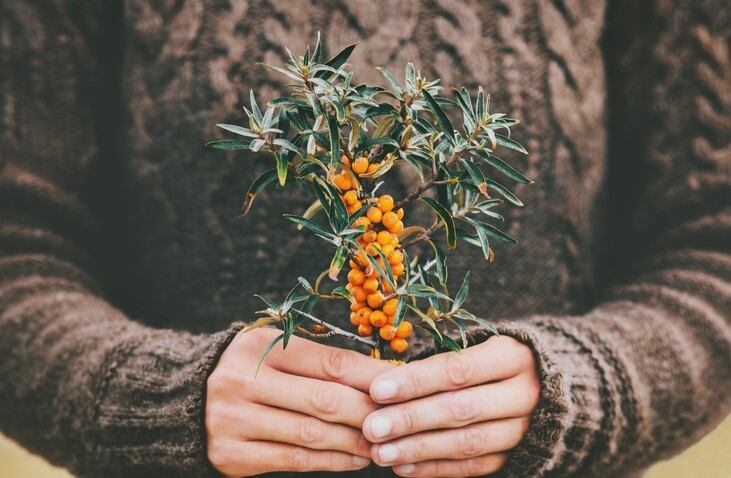Fibroblasts are the main cells in the dermis that can synthesise collagen, which delays cell ageing and maintains and provides skin elasticity
Sea buckthorn (Hippophae, Elaeagnaceae) is widely cultivated in Europe, Canada, and the United States. It is popular in the food and pharmaceutical industries due to its richness in various bioactive components, such as vitamins, amino acids, and flavonoids.
High concentrations of proanthocyanidins are found in Sea buckthorn seeds, roots, flowers, green berries, and stems.
In recent years, studies have discovered that proanthocyanidins have a variety of physiological functions in relation to cardiovascular diseases, retinal photodamage, diabetes and weight loss.
However, the understanding of how it may aid skin ageing and its mechanisms of action were unclear.
Therefore, researchers treated human skin fibroblasts (HSFs) with different concentrations of hydrogen peroxide (H2O2) to study the protective effect and mechanism of Sea buckthorn proanthocyanidins (SBP) on how they aged.
They used low, medium, and high concentrations (25, 50, 100 µg/mL) of SBP to treat senescent HSFs and observed their effect.
SBP was found to reduce the number of senescent cells significantly. In addition, cell morphology was restored, and cell viability was increased with the help of SBP.
Collagen boost
They wrote in the journal Antioxidants: “We experimentally verified that SBP could achieve anti-ageing effects by enhancing antioxidant enzyme activity and many non-enzymatic defense mechanisms to eliminate excess ROS generated by H2O2-induced cellular oxidative stress.
They also found that SBP could upregulate collagen synthesis through the TGF-β1/Smads pathway and inhibit collagen degradation by regulating the MMP/TIMP system.
“We concluded that SBP isolated from Sea buckthorn seed meal exerted potent anti-ageing activity in H2O2-induced aging HSFs. SBP could enhance the activities of antioxidant enzymes and antioxidants, remove excess ROS effectively, reduce the number of senescent cells, and significantly improve the changes in cell morphology and cell viability caused by excess ROS in skin cells,” they wrote.
“Although 25, 50, and 100 µg/mL of SBP exhibited anti-aging properties, the highest concentration of SBP (100 µg/mL) exerted the best effects on senescent cells.”
“These results will increase the application value of SBP in the cosmetic and antioxidant functional food industries.”
The research team now hope to use these findings to embark on animal studies.


